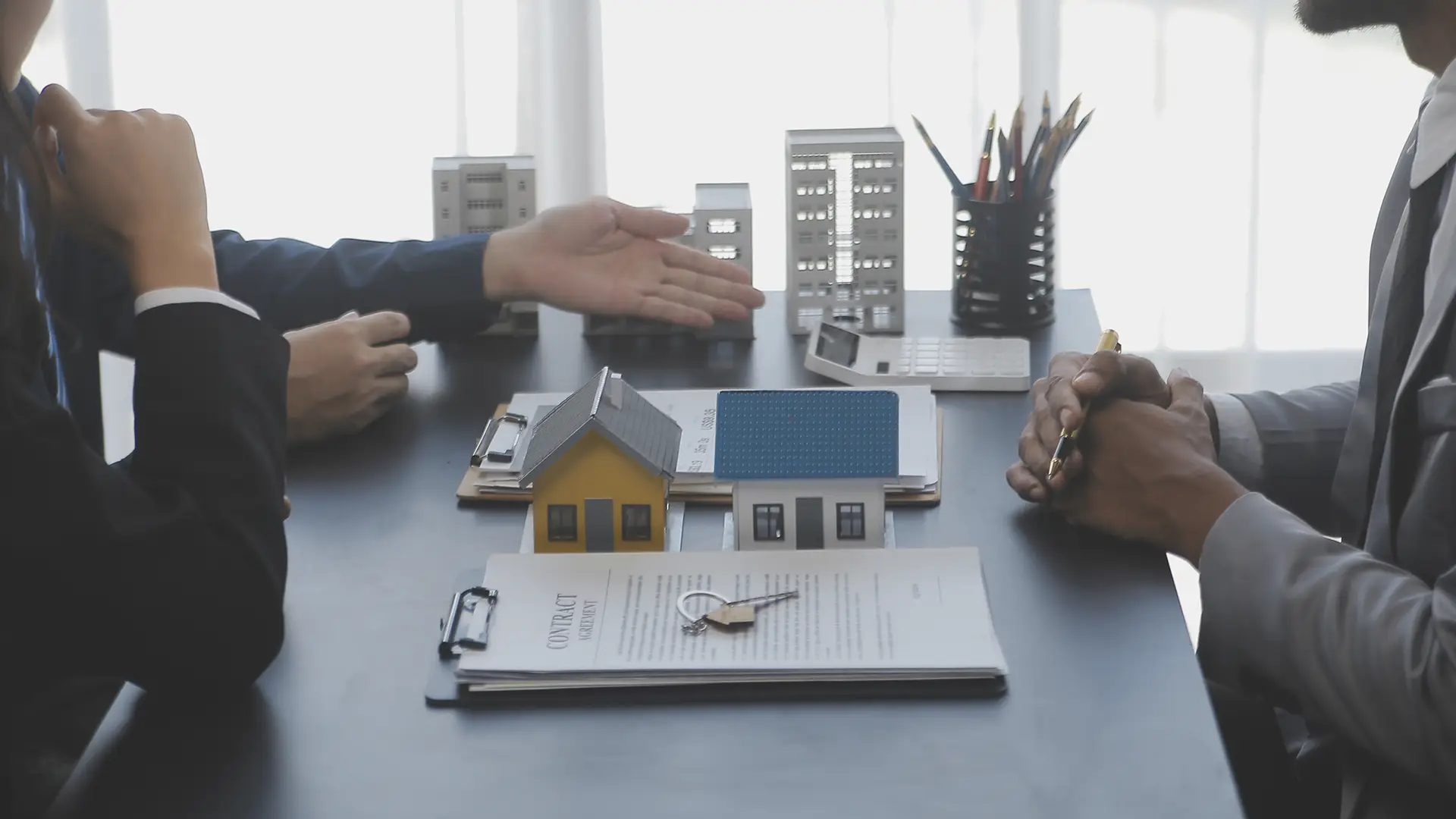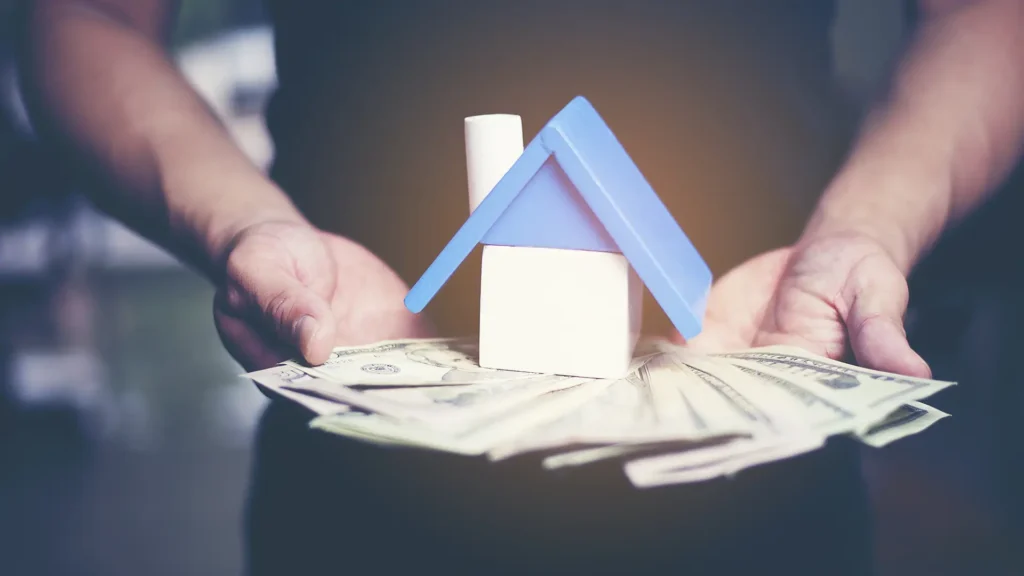The worldwide discourse about sustainability and environmental responsibility has reached unprecedented heights in recent years. As individuals and businesses work to decrease their carbon footprint and alleviate the consequences of climate change, the real estate industry has emerged as a key participant in encouraging sustainable practices. In this blog, we will discuss the significance of sustainable and environmentally friendly real estate practices, their benefits, and some creative ideas that are altering the business.
The Importance of Real Estate Sustainability
The real estate industry contributes significantly to world energy consumption and carbon emissions. Buildings are expected to contribute roughly 40% of worldwide energy-related CO2 emissions, emphasizing the critical need for sustainable practices in this industry. Real estate developers, builders, and homeowners can drastically minimize their environmental effects, conserve resources, and provide healthier living spaces for people by implementing eco-friendly activities.
The Advantages of Sustainable Real Estate practices
Adopting sustainable real estate practices has numerous advantages. For starters, energy-efficient buildings consume less energy, resulting in cheaper utility bills for inhabitants and less load on the grid. This can also lead to reduced greenhouse gas emissions and a smaller carbon footprint for the building. In addition, sustainable buildings often use renewable energy sources such as solar panels or geothermal heating, reducing their dependence on non-renewable resources and contributing to long-term cost savings.
Sustainable real estate practices also promote healthier living environments. Buildings that are designed with sustainability in mind often have better indoor air quality, natural lighting, and ventilation systems. This can improve the overall health and well-being of occupants by reducing exposure to harmful chemicals and pollutants commonly found in traditional building materials.
Furthermore, incorporating sustainable practices into real estate development can also have positive economic impacts. A study by the World Green Building Council found that sustainable buildings have higher occupancy rates, lower operating costs,
Sustainable buildings emphasize indoor air quality, lowering the risk of respiratory ailments and promoting healthier living situations. Real estate developers can improve biodiversity and the overall well-being of inhabitants by including green spaces and landscaping. Also, as more purchasers prioritize environmentally friendly characteristics, sustainable real estate practices increase home value. Green-certified buildings frequently command higher costs, luring environmentally concerned buyers who prioritize long-term sustainability.
Innovative Sustainable Real Estate Practices
a) Net-Zero Energy Buildings:Net-zero energy buildings generate as much energy as they consume, often by combining energy-efficient design, renewable energy sources, and energy storage technologies. These structures lessen reliance on the grid and cut carbon emissions.
b) Passive House Design: Through airtight insulation, high-performance windows, and heat recovery systems, this design approach focuses on maximizing energy efficiency and minimizing heating and cooling needs. Passive houses can save up to 90% more energy than conventional constructions.
c) Green Roofs and Living Walls: Planting flora on rooftops and walls increases insulation, lessens the urban heat island effect, absorbs rainfall, and provides wildlife habitat. Green roofs and living walls also improve the aesthetic appeal and add to tenant well-being.
d) Water Conservation: Water conservation involves effective water management using rainwater collection, grey water recycling, and low-flow fixtures. These solutions cut water use, alleviate the strain on water resources, and lower utility bills.
Programs for Policy and Certification
Governments and organizations throughout the world recognize the importance of sustainable real estate practices and have put in place policy frameworks and certification programs to encourage their adoption. These efforts give developers and home owners guidelines, standards, and incentives to design and maintain sustainable properties. LEED (Leadership in Energy and Environmental Design), BREEAM (Building Research Establishment Environmental Assessment Method), and the Green Building Initiative are just a few examples.
Conclusion
Sustainable and environmentally friendly real estate practices are critical for achieving a greener future. The real estate business may reduce its environmental effect, increase property value, and improve occupant quality of life by combining energy efficiency, renewable energy, water conservation, and green design principles.
With sustained innovation, collaboration, and governmental support, sustainable real estate practices can become the new standard, paving the path for a more sustainable and resilient built environment.




